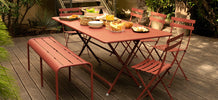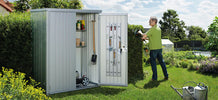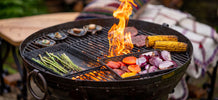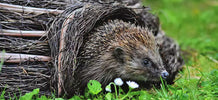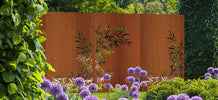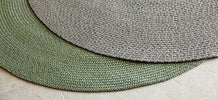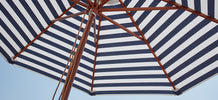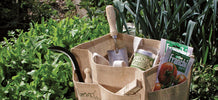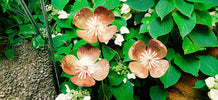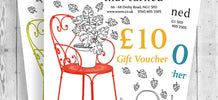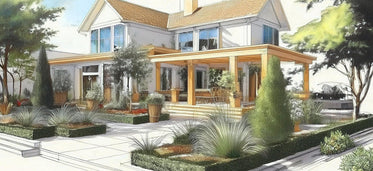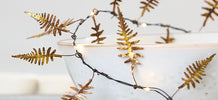Glatz Material Classes
All Glatz fabrics are subdivided according to material, coating and UV protection into material classes 2 , 4 and 5. Each fabric is classed according to how well each fabric exhibits the following properties: fabric material, colouring, grams per meter square, water repellent coating, water column (i.e. the amount of water the fabric is able to hold before it begins to seep through) and UV protection. These classes and their properties are compared in this table:
How do Glatz processes and materials affect quality?
Textiles woven from pre-dyed (solution-dyed) yarn fade more slowly than those dyed in one piece after weaving (piece-dyed textiles). In terms of lightfastness, fabrics made from polyester and acrylic offer superior quality, and differ only in colouring and density. We highly recommend choosing from material classes 4 and 5. These premium fabrics combine high UV protection and lightfastness, with a considerable fading period and life span.
Lightfastness
How quickly, and to what extent, colour intensity is lost depends on the lightfastness of the fabric. The better the lightfastness, the longer the fading period. This table gives you an idea on how fabric may fade over 160 days:
Coloured fabrics fade, and white and lighter colour shades turn yellow, if they are permanently exposed to solar radiation. Glatz fabrics fortunately rate highly between level 5 and 8. We would advise a lightfastness level of at least 7, especially if you live an in area which gets lots of hot sun.
For more information...
Please do not hesitate to contact us on 0345 605 2505 if you are having trouble getting your head round these different terms and classifications. We would be more than happy to help!
About Glatz
Glatz Maintenance
Glatz History
Glatz UV Protection
Glatz - Morning Light Fabric Colours
Glatz - Sunset Glow Fabric Colours
Shop Glatz Parasols
